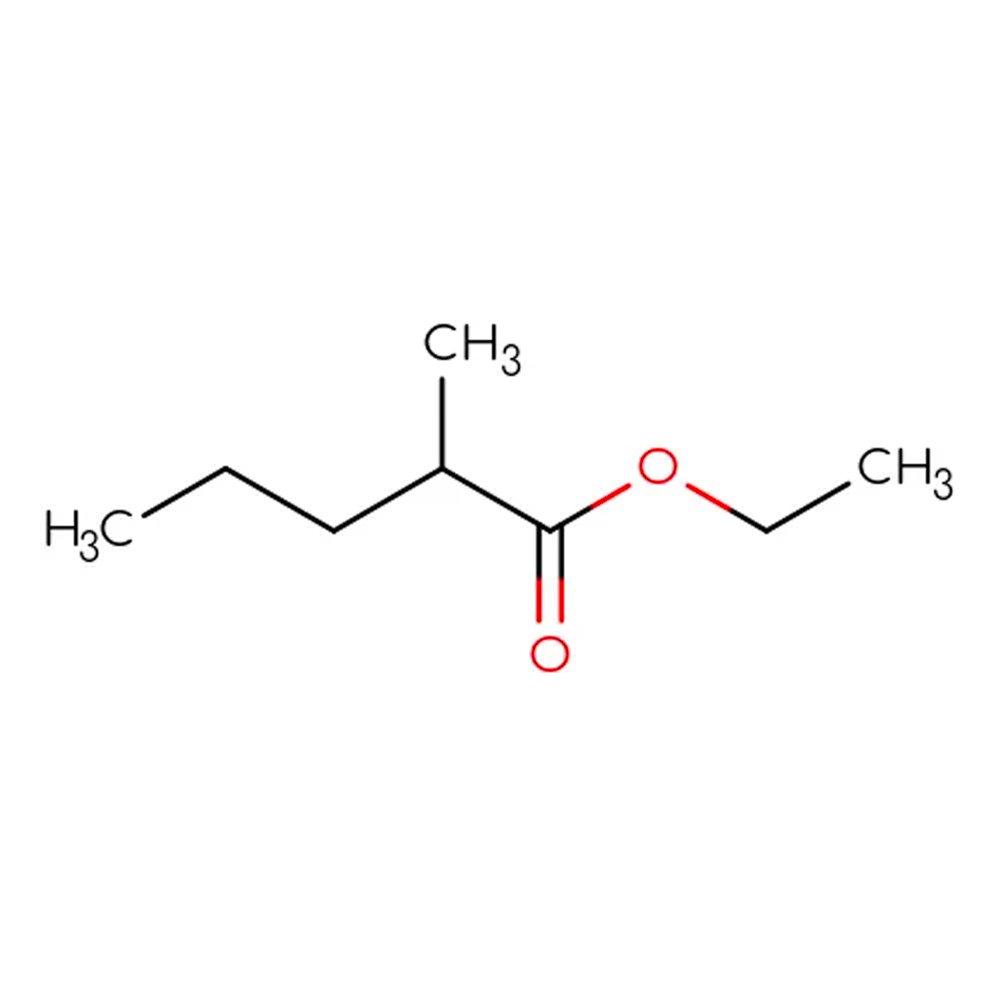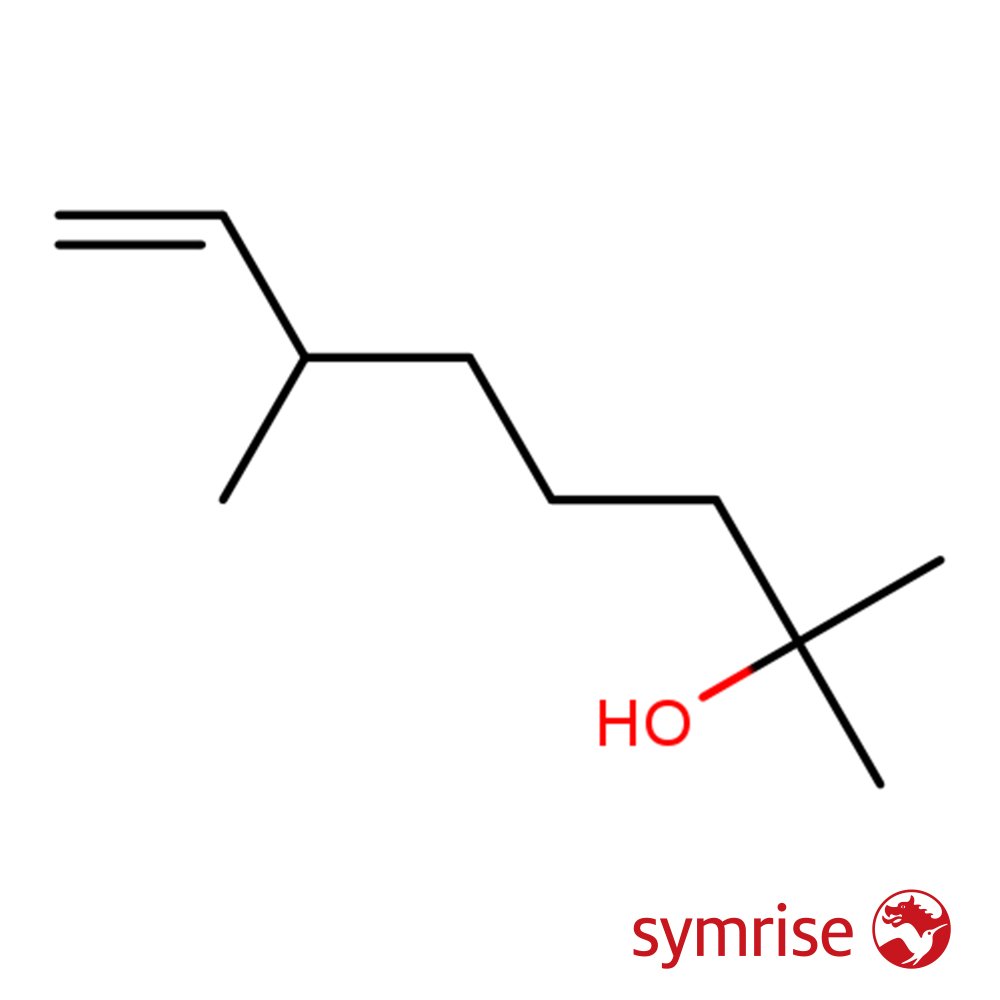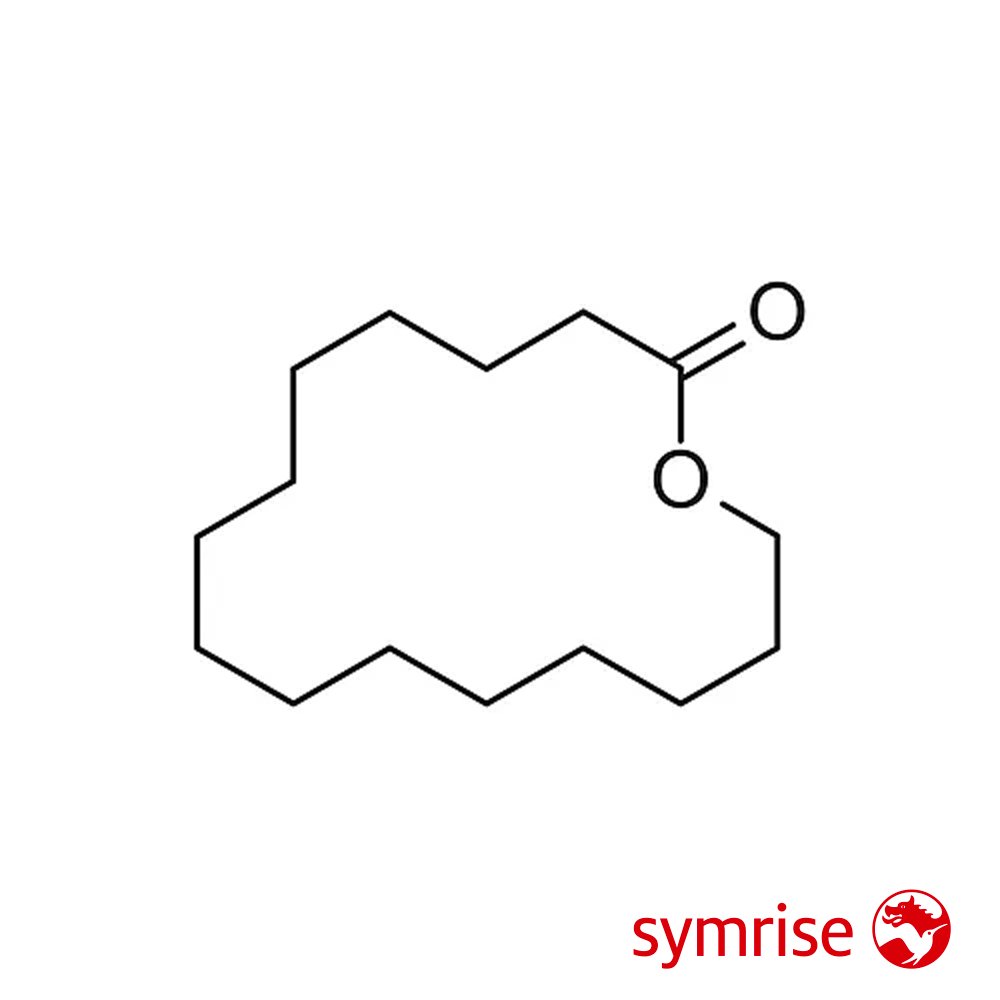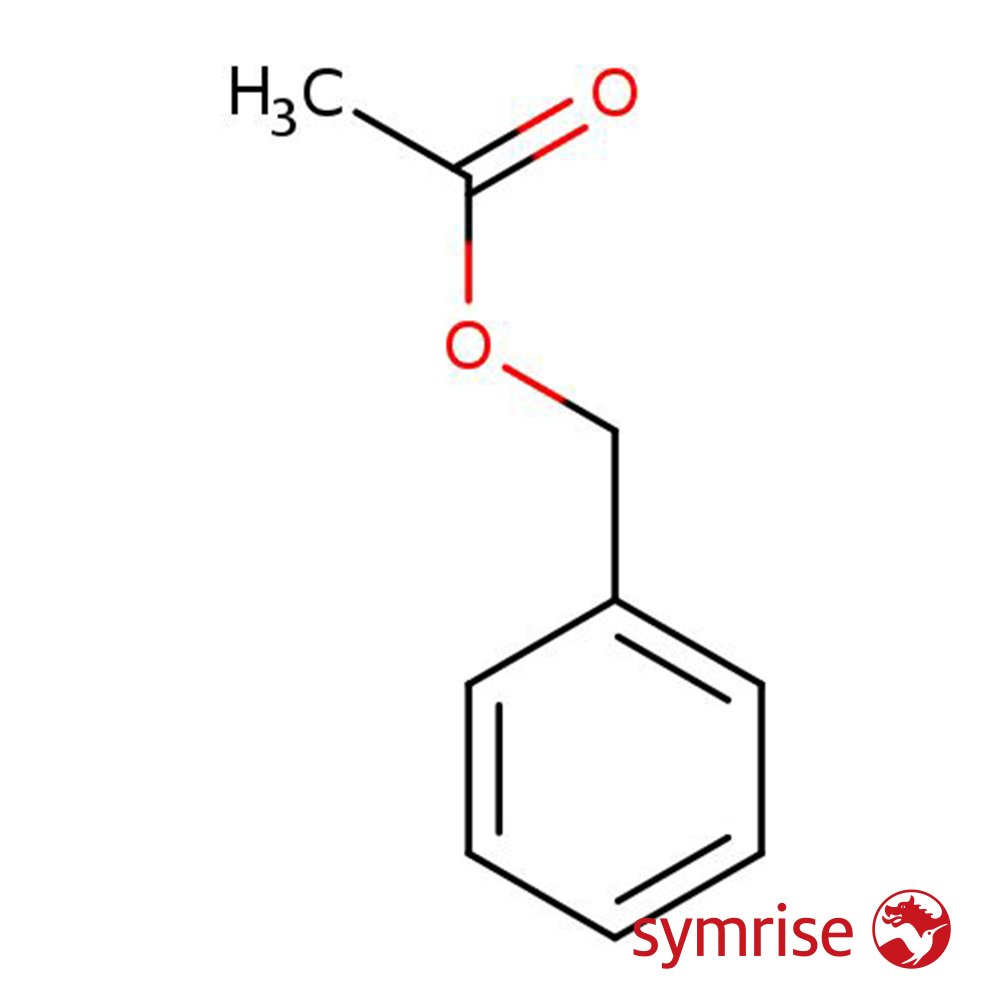Manzanate
Premium Synthetic Ingredient for Perfumery
Manzanate (ethyl 2-methylpentanoate) is a synthetic ester used in perfumery for its crisp, fruity character reminiscent of green apple, pineapple, and cider. Belonging to the fruity-fresh family, it plays a top-note role, brightening compositions with a juicy, effervescent lift. Manzanate is widely applied in fine fragrances, personal care, and functional products thanks to its water-bloom effect and excellent compatibility with citrus and floral structures.
Premium Synthetic Ingredient for Perfumery
Manzanate (ethyl 2-methylpentanoate) is a synthetic ester used in perfumery for its crisp, fruity character reminiscent of green apple, pineapple, and cider. Belonging to the fruity-fresh family, it plays a top-note role, brightening compositions with a juicy, effervescent lift. Manzanate is widely applied in fine fragrances, personal care, and functional products thanks to its water-bloom effect and excellent compatibility with citrus and floral structures.
Premium Synthetic Ingredient for Perfumery
Manzanate (ethyl 2-methylpentanoate) is a synthetic ester used in perfumery for its crisp, fruity character reminiscent of green apple, pineapple, and cider. Belonging to the fruity-fresh family, it plays a top-note role, brightening compositions with a juicy, effervescent lift. Manzanate is widely applied in fine fragrances, personal care, and functional products thanks to its water-bloom effect and excellent compatibility with citrus and floral structures.
Synthetic Ingredient Overview
🔎 Chemical Name: Ethyl 2-methylpentanoate
🧪 Synonyms: Manzanate
🧬 Chemical Formula: C₈H₁₆O₂
📂 CAS N°: 39255-32-8
📘 FEMA: 3488
⚖️ MW: 144.2 g/mol
📝 Odor Type: Fruity, Fresh
📈 Odor Strength: Medium
👃🏼 Odor Profile: Crisp green apple, pineapple, cider-like; fresh, bright, juicy
⚗️ Uses: Top note modifier for fruity, floral, green, and citrus compositions
🧴 Appearance: Colorless to pale yellow liquid
What is Manzanate?
Manzanate is a low molecular weight ester derived synthetically to emulate the scent of ripe green apple with fermented fruit and cider nuances. It emerged during the mid-20th century as part of a broader development of synthetic fruity top notes, addressing the instability and variability of natural apple materials in perfumery.
Though found in trace amounts in some fermented fruits, Manzanate is not naturally occurring in meaningful quantities and is synthesized for commercial use. Its scent is fresh, bright, and immediately recognizable, with excellent volatility and bloom, particularly in water-contact formulations such as shampoos and liquid soaps.
Olfactory Profile & Perfumery Applications
Manzanate is widely employed for its top-note brightness and diffusive sweetness. It is compatible with:
Fruity accords: Green apple, pineapple, pear, and melon
Floral compositions: Muguet, freesia, jasmine, and neroli
Citrus profiles: Lemon, bergamot, lime
Green herbaceous blends: Basil, violet leaf, galbanum
Notable Functions:
Enhances fruit realism and juiciness
Acts as a blender between citrus and floral elements
Lends dynamism to gourmand and youthful fragrance types
Recommended use levels:
Fine fragrances: 0.2–2%
Personal care (rinse-off): up to 1.5%
Functional products (air fresheners, detergents): up to 3%
Industrial & Technical Uses
Outside fine perfumery, Manzanate is used in:
Shampoos and body washes (enhances top-note bloom upon water contact)
Air fresheners and laundry detergents (fruity refreshment and masking)
Flavor compositions (FEMA 3488) — particularly in apple, strawberry, and pineapple profiles, used at low ppm levels
Candies, beverages, syrups (regulated food additive under GRAS conditions)
Regulatory & Safety Overview
IFRA Guidelines: No current restrictions; standard allergen compliance applies
EU Cosmetic Regulation (EC) No 1223/2009 – Annex III: No declarable allergens associated
FEMA GRAS No. 3488: Approved for use in flavors
ECHA Classification: Not classified as hazardous under REACH
Biodegradability: Readily biodegradable
Aquatic Toxicity: Low environmental concern at normal concentrations
🧪 Manzanate is considered safe when used at recommended concentrations. Not a known sensitizer. Suitable for both rinse-off and leave-on formulations.
Conclusion
Manzanate (ethyl 2-methylpentanoate) offers a bright, crisp apple character with a cider-fruity twist, ideal for top-note enrichment in modern perfumery. It bridges green, citrus, and fruity accords, adding vitality and realism. Its application across fine fragrance, personal care, household, and flavor sectors underscores its versatility and sensory appeal. Whether used for its juiciness, diffusiveness, or naturalistic freshness, Manzanate remains a staple material in fruity-perfume design.
Sources
Perfume and Flavor Chemicals – Steffen Arctander (1969)
FEMA GRAS Database – FEMA No. 3488
PubChem CID 5363513: Ethyl 2-methylpentanoate
Givaudan Material Monograph (2022)
NIST Chemistry WebBook
Scentspiracy Archives (Fulvio Ciccolo)








